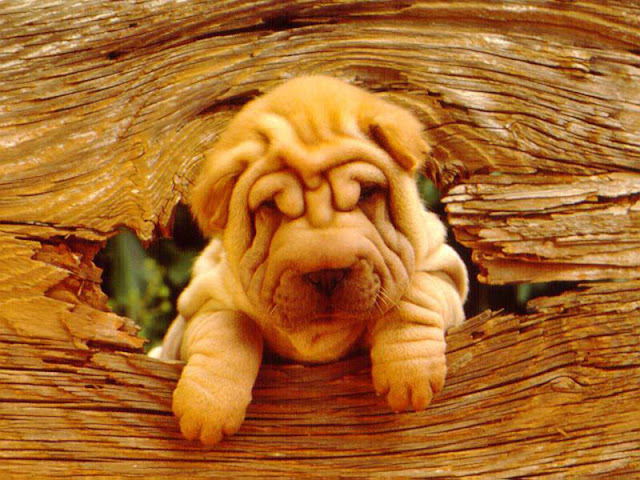Hi Lil Dog Whisperer Readers ~
One of the sweetest dogs I have ever met is the Beagle. They are friendly, gentle and merry. I always love being around and with them. Sorry for all the photos, but I think that they are so cute!
Beagles are kind and gentle with children. He loves to play with you and always wants to be near you and he's territorial and protective of his family.
Beagles are a member of the Hound Group along with the Bloodhound, Dachshund, Basset Hound and many others!
The Beagle is a small to medium-sized dog. It is similar in appearance to the Foxhound, but smaller, with shorter legs and longer, softer ears.
Beagles are a scent hound, which means that they use their sense of smell to find game, not like the Greyhound who as a sight hound, the breed pursues game using its vision and speed. Often you can tell sight hounds from scent hounds but their heads. For example, the Greyhound has a long lean head so the have more range to see, while the Beagle has a short square head, also the ears play a good part in scent hounds tracking. Their ears pull the scent towards their nose.
He has a highly developed nose and will wander off after interesting smells. For this reason, he needs to be securely fenced in or on a leash when he's outdoors or he will wander miles away after a scent. He might be more interested in finding out where that fascinating smell comes from than obeying your commands!
Due to their amazing sense of smell often today in airports throughout the USA, dogs of the "Beagle Brigade" sniff packages and baggage belonging to international passengers, searching for prohibited food and agricultural items.
The Beagle can be quite noisy: baying and barking, telling you he has found his scent. He loves his food and will eat until he bursts if allowed to. He can be quite ingenious in coming up with ways to get to the food in the cupboard, in the bin or on the table! His favorite past time is digging in the dirt. He always wants to be near you and given lots of love and attention from his human family. They are eager to please and will always be willing to take a treat!
Beagles have many different hair colors although the Tri-color (white with large black areas and light brown shading) is the most common, Beagles can occur in any hound color.
Tricolored dogs occur in a number of shades, from the "Classic Tri" with a jet black saddle (also known as "Blackback"), to the "Dark Tri" (where faint brown markings are intermingled with more prominent black markings), to the "Faded Tri" (where faint black markings are intermingled with more prominent brown markings)
Some tricolored dogs have a broken pattern, sometimes referred to as pied. These dogs have mostly white coats with patches of black and brown hair.
Tricolor Beagles are almost always born black and white. The white areas are typically set by eight weeks, but the black areas may fade to brown as the puppy matures. (The brown may take between one and two years to fully develop.)
Some Beagles gradually change color during their lives, and may lose their black markings entirely.
Some Beagles gradually change color during their lives, and may lose their black markings entirely.
Two-color varieties always have a white base color with areas of the second color. Tan and white is the most common two-color variety, but there is a wide range of other colors including lemon, a very light tan; red, a reddish, almost orange, brown; and liver, a darker brown, and black.
Liver is not common and is not permitted in some standards; it tends to occur with yellow eyes. Ticked or mottled varieties may be either white or black with different colored flecks (ticking), such as the blue-mottled or bluetick Beagle, which has spots that appear to be a midnight-blue color, similar to the coloring of the Bluetick Coonhound. Some tricolor
Beagles also have ticking of various colors in their white areas.
The short coat of a Beagle requires only an occasional brushing. But he does shed and you may find yourself brushing him more the twice a week to remove loose hair.
Has anyone heard of Snoopy from the comic strip and TV series Peanuts? He is one of some very famous Beagles. So, to finish off, here are some more Beagles that I’m sure you know:
Odie from the Garfield series
Underdog, the Super dog,
There’s no need to fear Underdog is here!
Gromit from Wallace and Gromit
In the 1960s President Lyndon Johnson had three Beagles.... named "Him", "Her", and "Edgar".














































